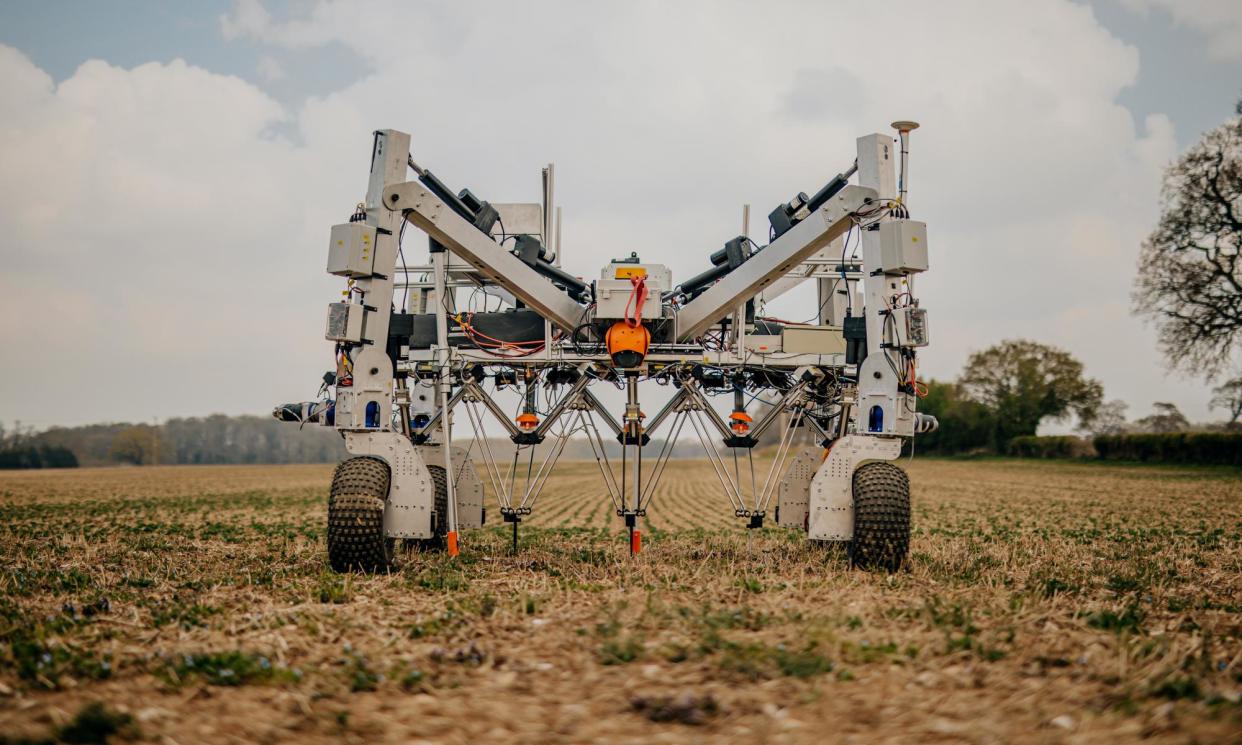Gene editing crops to be colourful could aid weeding, say scientists

Genetically engineering crops to be colourful could help farmers produce food without pesticides, as it would make it easier to spot weeds, scientists have said.
This will be increasingly important as hardy, climate-resistant “weeds” are grown for food in the future, the authors have written in their report published in the journal Trends in Plant Science.
The lead author Michael Palmgren, a plant scientist from the University of Copenhagen, told the Guardian: “It can be modifications of hairs, leaf shape, light emitted at wavelength we cannot see. Anything could work on a large scale. The challenge of distinguishing a weed from a crop becomes imminent when we start breeding weeds.”
He said new crops were hard to distinguish from weeds, so it would be important to find a way to tell them apart. The paper suggests the crops’ genomes could be altered so they express pigments such as anthocyanins, which give blueberries their colour, or carotenoids, which make carrots orange.
“One example that we give in our opinion paper, fat hen (Chenopodium album), is grown for its nutritious seeds in India and Nepal and was a food source in Europe in the iron age – seeds are commonly found in the stomach of bog bodies,” said Palmgren.
“Today it is a robust and competitive weed in European fields, capable of producing significant crop losses. Some scientists say: why not improve fat hen to make it a new sustainable crop that does not need much care? If this becomes a reality, how to distinguish the improved fat hen from the wild, weedy fat hen? It is the same species and changes may first be observable after seeds have developed.”
Genetic science has helped find the genes responsible for the desirable traits that our ancestors selected for in crop plants, which means new crops with these traits can be bred much more rapidly using genetic engineering. Many wild plants are more tolerant to extreme weather and other climate-related impacts than current crop plants, so breeding them could help prevent food shortages as the climate breaks down.
However, these new crops are likely to resemble the weeds they are bred from, so to make weeding them easier without using pesticides, scientists suggest creating visually distinctive plants that robot weeders can easily differentiate from weeds.
“Distinguishing these new crops from their less productive and closely related wild plants could present tremendous challenges for weed control,” the researchers write. “Utilising gene editing to enhance their visual recognition by weeding robots could effectively address this issue.”


